14 March 2025
Gaming is an art form. It’s evolved from pixelated landscapes to immersive worlds with intricate mechanics that keep us hooked for hours. One trend making waves in the third-person shooter genre is the integration of parkour mechanics. You know, that high-flying, wall-climbing, adrenaline-packed style of movement where you feel like a stunt artist in an action movie? Yeah, that’s parkour. It’s not just there for show either—these mechanics are actively redefining how we experience shooters.
Let’s break this down. Why does parkour matter so much in third-person shooters? How is it changing the way we play? And most importantly, how does it make the games we love stick with us long after the credits roll?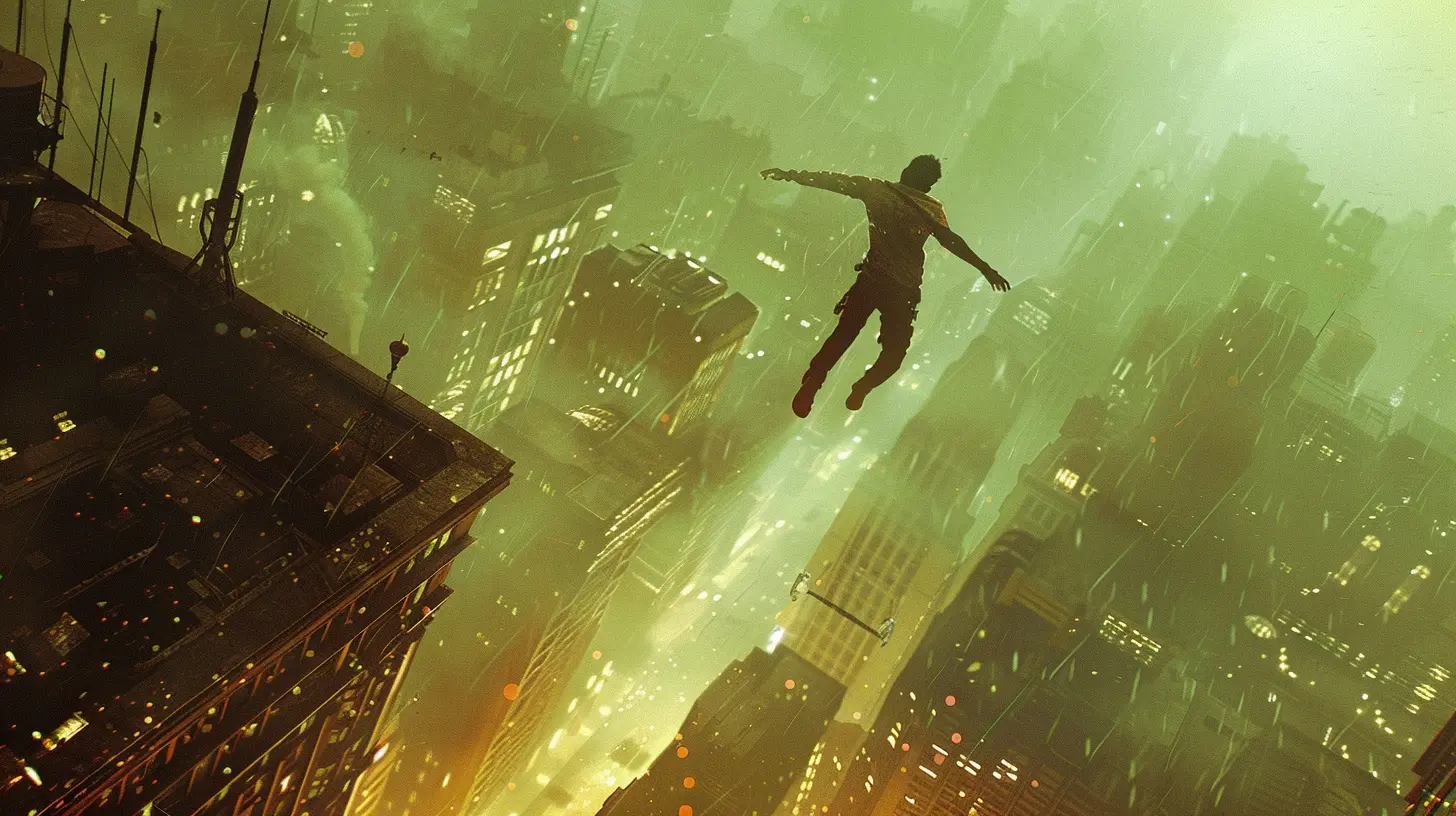
What Makes Parkour Mechanics So Cool?
Think of parkour mechanics as the secret sauce that makes a third-person shooter pop. Instead of sticking to the ground level, you’re scaling walls, vaulting over obstacles, or even sliding under tight spaces to dodge enemy fire. It’s like being Spider-Man without the webs!Parkour mechanics give you freedom—freedom to maneuver and explore the map in ways you never thought possible. Gone are the days of ducking behind the same waist-high cover for hours. Now, you’re flipping off walls, taking out enemies mid-air, and pulling off moves that scream, “Look at me. I’m a total badass!”
Without parkour, movement in many shooters tends to feel...well, static. You push forward, aim, shoot, hide, rinse, repeat. With parkour? It adds layers of variability. It feels fluid, dynamic, and alive. 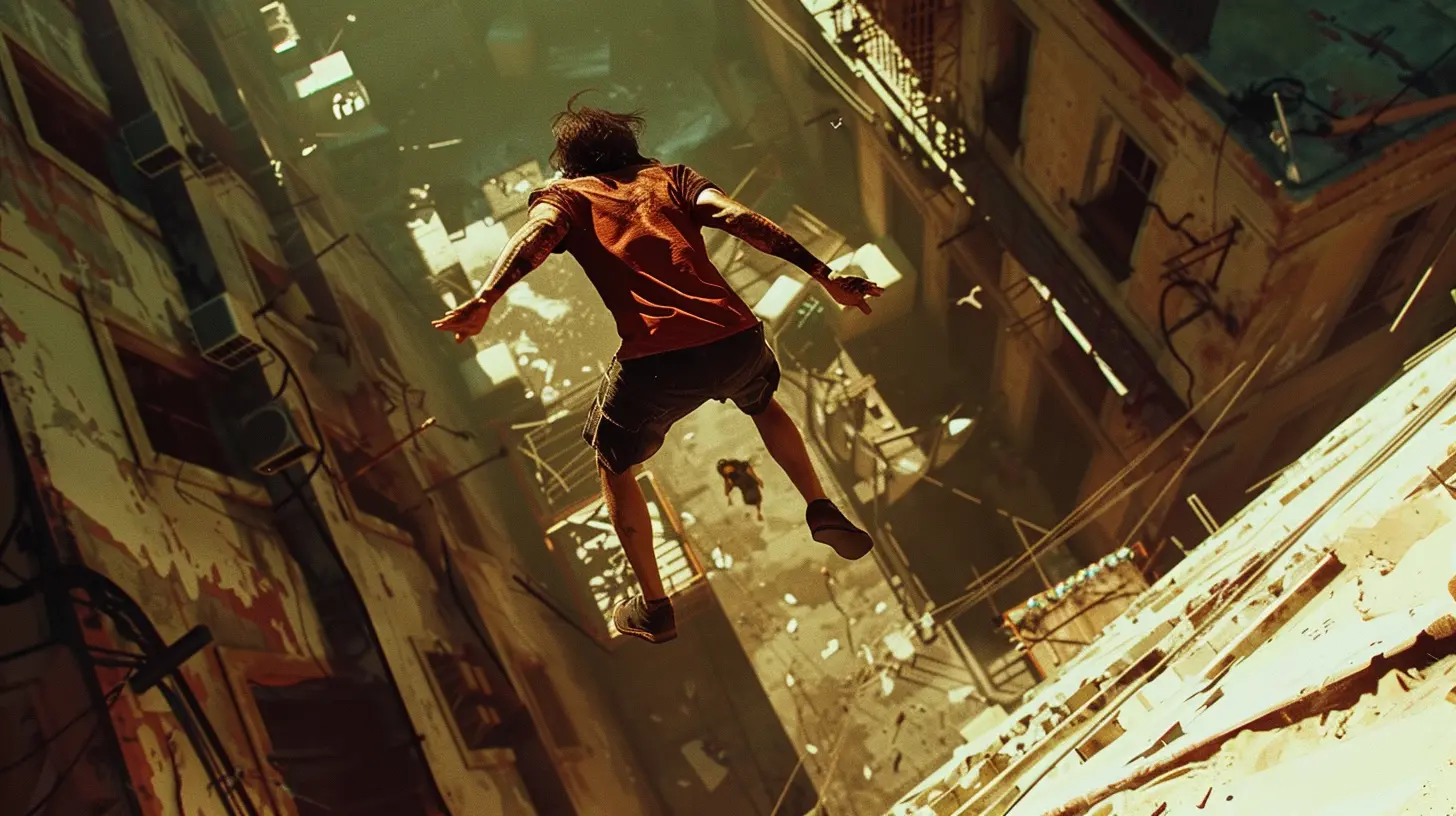
The Connection Between Immersion And Movement
Have you ever played a game so immersive that your muscles tense during combat? That’s the magic of parkour mechanics—they drag you into the world. Movement in a game reflects how characters live and survive. When you’re leaping across rooftops or shimmying along ledges to avoid an oncoming sniper, it’s hard not to feel like you're living in that moment.Parkour mechanics establish a connection between you and your in-game character. The way they interact with their environment—be it sliding down a slope or pulling themselves up onto a ledge—mirrors how you’d instinctively respond in that scenario. It’s weirdly satisfying, right?
And let’s not forget: parkour isn’t just about thrills. It’s about elegance. Sure, dodging gunfire while running along walls may feel over-the-top, but doesn’t it also feel human? Isn’t it awesome when your character's movement feels like an extension of your reflexes? That’s immersion on a whole new level.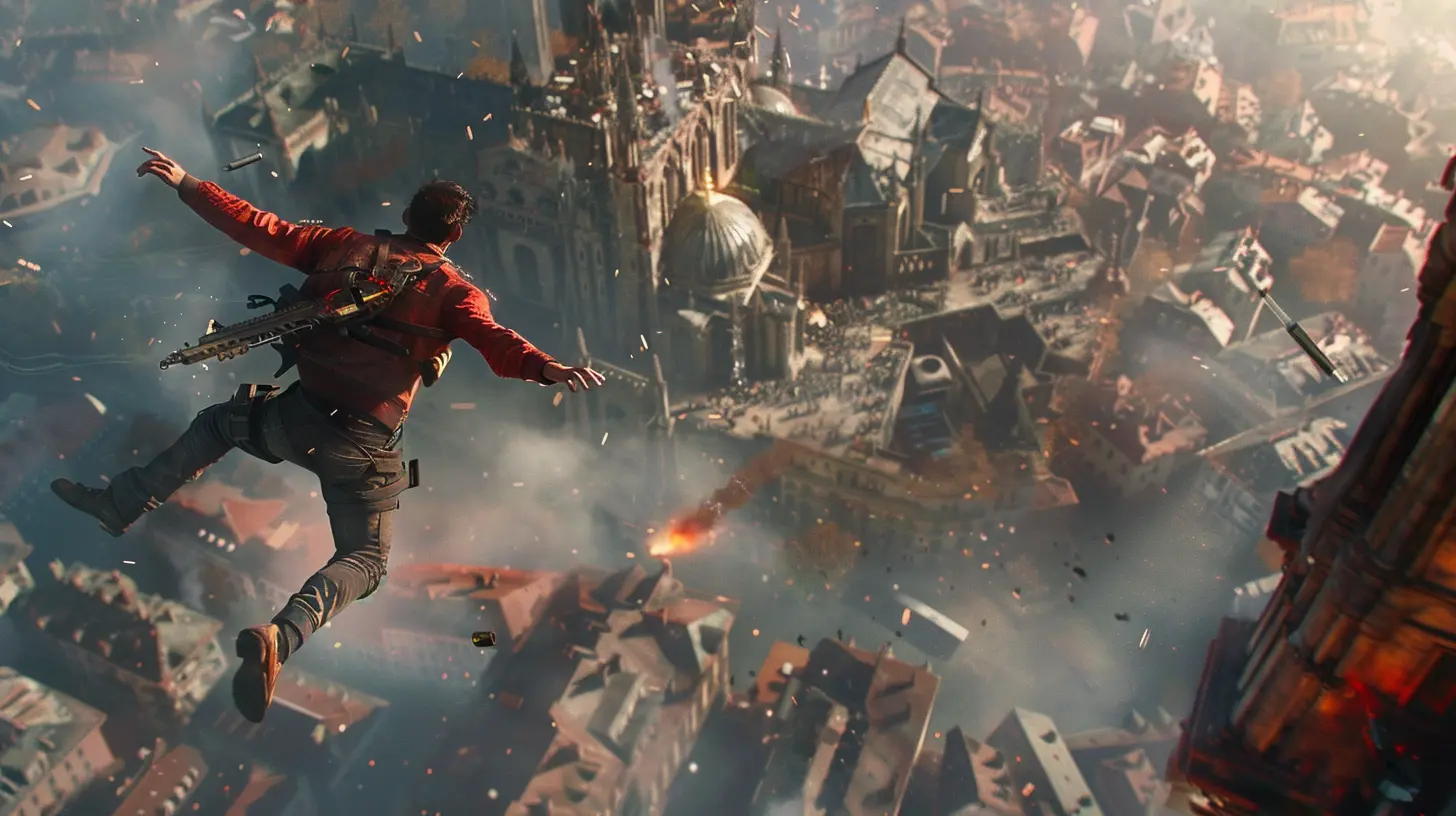
Enhancing Combat Strategies
Parkour mechanics aren’t just flashy gimmicks—they have real, tangible effects on combat. Let’s imagine a scenario. You’re pinned down by enemy fire. Old-school shooters would force you to peek around a corner and pray you don’t get sniped. But in a game with parkour mechanics? You’ve got options.You could sprint, wall-run to higher ground, and rain bullets from above. You could slide into cover, pop off a few shots, and then dive-roll into another position. You’re no longer just a static target—you’re a constantly moving, unpredictable whirlwind of action.
Parkour adds a tactical layer to gameplay that plain, on-foot combat can’t replicate. It lets players experiment with angles, sneak around enemies, and pull off jaw-dropping maneuvers. It almost feels like playing chess at 100 miles per hour.
Oh, and let’s talk about stealth. Rather than crouch-walking everywhere like a turtle, parkour gives you the ability to traverse vertical spaces and stay out of sight. Scaling trees, leaping onto building beams, or hanging precariously off ledges—parkour mechanics elevate stealth gameplay from “meh” to “wow.” 
A Breath of Fresh Air for Multiplayer
What’s the worst thing about multiplayer matches? Predictability. You’re either camping in a corner or getting sniped from across the map by someone who’s memorized every spawn point. But here’s the thing: parkour mechanics blow all of that out of the water.When players can climb, vault, and wall-run, it opens up endless possibilities for dynamic encounters. You’re no longer restricted to the same boring routes. Instead, you’re finding creative ways to outmaneuver opponents.
Let’s be real—there’s nothing more satisfying than outsmarting an enemy by parkouring your way behind them and landing a surprise melee takedown. It’s like a mic-drop moment, but in-game.
And for the spectators? Watching a skilled player use parkour to dominate the battlefield is pure entertainment. It’s like watching a gamer version of Cirque du Soleil.
Famous Games That Nail Parkour Mechanics
It’s not just indie developers experimenting with parkour in shooters—some of the biggest names in gaming are all-in on this trend.1. Titanfall 2
If there’s a gold standard for parkour in shooters, it's gotta be Titanfall 2. Wall-running, double-jumping, and combining those moves with fast-paced gunplay? Chef’s kiss. Every map is designed to encourage creative movement, making combat feel like a kinetic masterpiece.
2. Warframe
Space ninjas, anyone? Warframe’s parkour mechanics—like bullet jumps, rolls, and gliding—are on steroids. They make navigating the intricate environments feel exhilarating, and let’s be honest, a little bit addicting.
3. Uncharted Series
Nathan Drake might not be gunning for the title of “parkour king,” but the climbing, vaulting, and ledge-hopping in Uncharted undeniably add flair to firefights. It feels grounded yet cinematic.
4. Dying Light & Dying Light 2
While primarily known as open-world zombie games, the parkour mechanics in Dying Light make every encounter with the undead a heart-racing experience. It’s not about standing your ground; it’s about using your movement to out-think and outmaneuver threats.
Does Parkour Make You a Better Player?
It might sound weird, but parkour mechanics can teach players to be more strategic and creative. When you're forced to consider verticality, timing, and movement flow, it reshapes how you approach battles. You’re not just a button-masher anymore—you’re thinking ahead, planning routes, and adapting on the fly.Even outside of combat, mastering parkour mechanics is oddly satisfying. There’s something deeply fulfilling about nailing a complex sequence of jumps and maneuvers. It’s like solving a puzzle, but it’s physical and immediate.
And let’s be real: if a game makes you feel like an action hero, isn’t that going to boost your confidence in other genres too?
Challenges in Implementing Parkour Mechanics
Of course, it’s not all sunshine and wall-runs. For developers, integrating parkour into third-person shooters isn’t a walk in the park.- Balance Issues: If parkour is too powerful, it can make combat feel one-sided. But if it’s too limited, players might not bother using it.
- Level Design: Parkour mechanics require maps that make sense. It’s no good having a vault button if every level is flat and boring.
- Animation Quality: Smooth animations are a must—no one wants to see their character awkwardly clipping through walls mid-vault.
Yet, when developers nail the execution, parkour mechanics feel seamless and natural. The effort is worth it.
Why Parkour Mechanics Are the Future of Shooters
The gaming landscape is constantly evolving. Players crave deeper immersion, more creative options, and ways to break out of the cookie-cutter mold of traditional shooters. Parkour mechanics tick all those boxes.They’re not just a gimmick; they’re a way to rethink how we engage with digital environments. They bring combat to life, encourage exploration, and make every match feel like your personal action movie.
As more developers push boundaries, parkour mechanics are likely to become a staple, not just in niche games, but in the mainstream shooter genre. And honestly? I’m here for it.




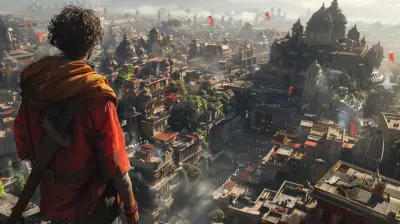
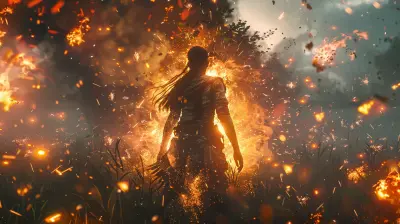


Allison Monroe
This article brilliantly highlights the synergy between parkour mechanics and third-person shooters, emphasizing how fluid movement enhances gameplay dynamics. By integrating agility and verticality, developers can create engaging scenarios that elevate player strategy and immersion, ultimately redefining the shooting experience in innovative ways. Well done!
April 4, 2025 at 2:57 AM